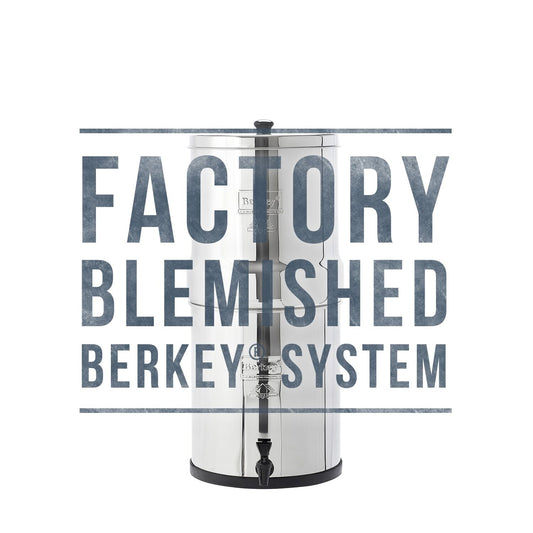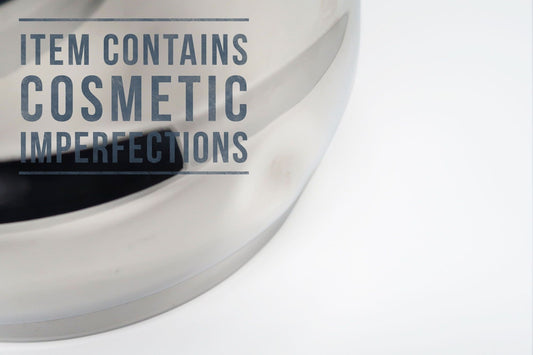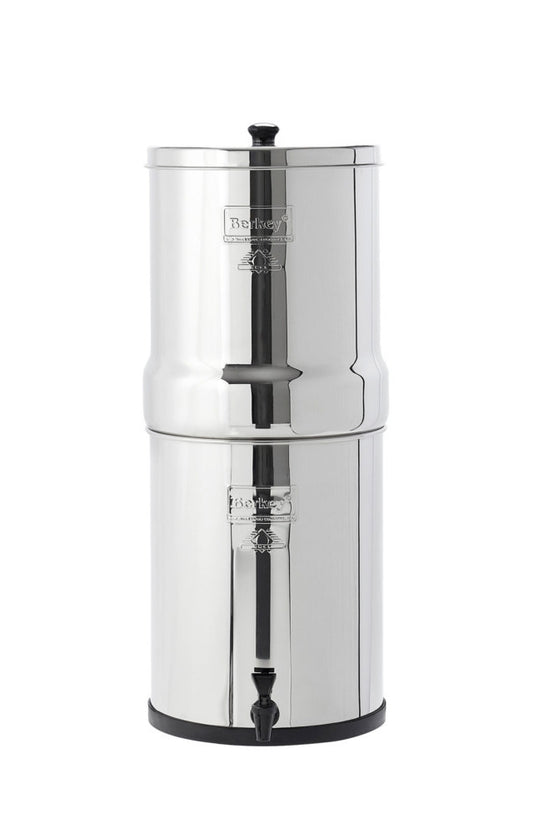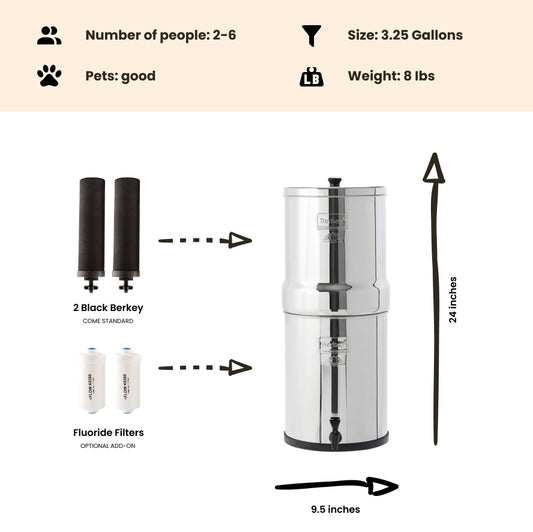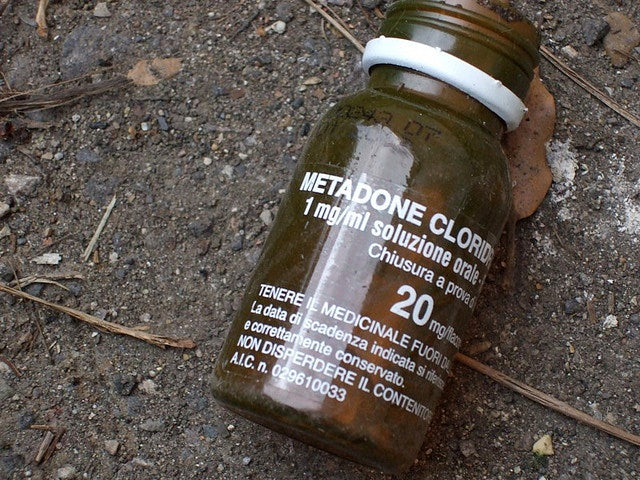
Heroin Analog Poses Risk as Carcinogenic Drinking Water Contaminant
By Dan DeBaunShare
Drinking water is commonly disinfected with chlorine to kill any bacteria that could pose a health threat to those who drink it. This has substantially reduced, if not alleviated waterborne diseases in developed countries; however it has given rise to an emerging problem: These disinfectants produce by-products that are carcinogenic to humans. Health officials are wanting to learn more about the origins of these by-products, especially N-nitrosodimethylamine (NDMA), an extremely potent carcinogenic, in order to reduce their concentrations in drinking water.
In a report that was recently published in Environmental Science and Technology Letters, scientists now show that methadone -- a common painkiller and analog of heroin that is found in rivers and lakes as a result of wastewater discharge -- may be a precursor of NDMA present in drinking water.
Around 40 years ago in the 1970s, researchers discovered that when used as a water disinfectant, chlorine is able to convert organic compounds in dead plant matter found in surface freshwater systems into trihalomethanes, which are known to be carcinogenic. Consequently, many municipal water treatment facilities switched to chloramines for disinfecting their drinking water supplies, as they reduce the production of trihalomethanes by as much as 90%, says Susan Richardson, an environmental analytical chemist from the University of South Carolina. But chloramines are not totally harmless; they react with organic nitrogen precursors that occur naturally in the environment to form N-nitrosodimethylamine (NDMA). Animal studies have shown that NDMA can cause cancer of the kidney, liver and respiratory system.
The US Environmental Protection Agency (EPA) has set the standard for NDMA in drinking water to 0.7 ng/L, but according to Richardson, “a significant portion of the U.S. population is exposed to NDMA at concentrations above this level.”
According to the study's lead author, David Hanigan, a graduate student of environmental engineering at Arizona State University, scientists are aware that treated sewage discharged into freshwater systems provides a potent source of these NDMA precursors, but it is difficult to identify them amongst the hundreds of thousands of other compounds found in wastewater. Previous studies that focused on a handful of pharmaceutical drugs to test whether they formed NDMA when exposed to chloramines, identified some precursors, including ranitidine, commonly used to reduce stomach acid. “But even though ranitidine has a high NDMA yield in the lab, it doesn’t occur in surface water,” notes Hanigan.
So Hanigan, together with his research team, set about collecting real surface water samples from 10 US and Canadian rivers and sewage effluent from a wastewater treatment facility in Arizona so that they could look for potential NDMA precursors. Using liquid chromatography and mass spectrometry techniques to search for compounds that had the potential to form NDMA in the presence of chloramines, the scientists ran the data through computer software to isolate an ion that enabled them to confirm that methadone was present in the water samples. Methadone -- a prescription drug used to treat pain and heroin addiction -- is excreted from the body and eventually makes its way through sewage treatment plants to freshwater systems, where it can linger for months.
When the scientists exposed the methadone to monochloramine, 60% of the methadone produced NDMA after reacting with the chloramines. According to Hanigan, this is significant, as in previous studies only five chemicals exhibited an NDMA yield over 50%, and none of those chemicals have been detected in sewage effluent.
After modelling a typical American community consisting of 100,000 people that consume methadone in line with the national average rate and discharges treated sewage effluent diluted by 40% when mixed with water from the receiving river, the researchers estimated that drinking water downstream would contain approximately 5-ng/L NDMA, which is typically measured at US water treatment plants that use chloramine as a drinking water disinfectant.
“This paper shows that methadone can be a major source of NDMA in drinking water,” says Richardson. "With EPA poised to potentially regulate NDMA in drinking water, the findings will help researchers determine how to prevent its formation."
Some utilities treat water with activated carbon or ozone before it enters the treatment plant to remove organic precursors of NMDA.
-
Regular price From $302.00 USDRegular priceUnit price / per
-
Regular price $234.00 USDRegular priceUnit price / per
-
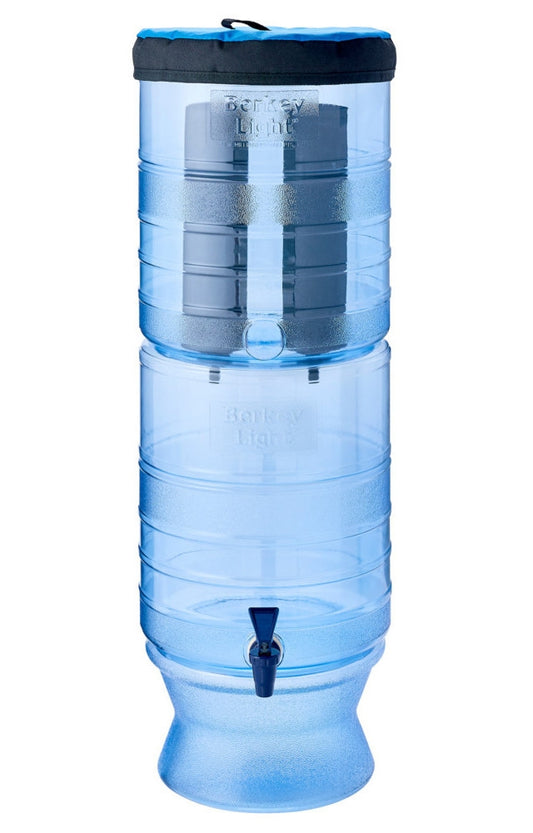
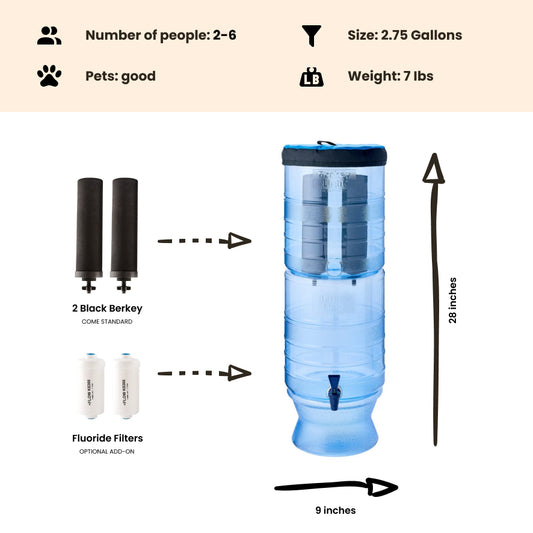 Sold outRegular price From $305.00 USDRegular priceUnit price / per
Sold outRegular price From $305.00 USDRegular priceUnit price / per -
Regular price $327.00 USDRegular priceUnit price / per
-

 Sold outRegular price From $367.00 USDRegular priceUnit price / per
Sold outRegular price From $367.00 USDRegular priceUnit price / per -
Regular price From $408.00 USDRegular priceUnit price / per
-
Regular price From $451.00 USDRegular priceUnit price / per

Dan DeBaun
Dan DeBaun is the owner and operator of Big Berkey Water Filters. Prior to Berkey, Dan was an asset manager for a major telecommunications company. He graduated from Rutgers with an undergraduate degree in industrial engineering, followed by an MBA in finance from Rutgers as well. Dan enjoys biohacking, exercising, meditation, beach life, and spending time with family and friends.
~ The Owner of Big Berkey Water Filters


